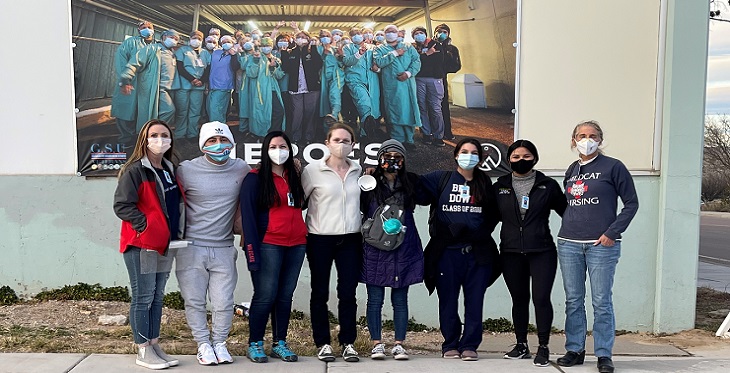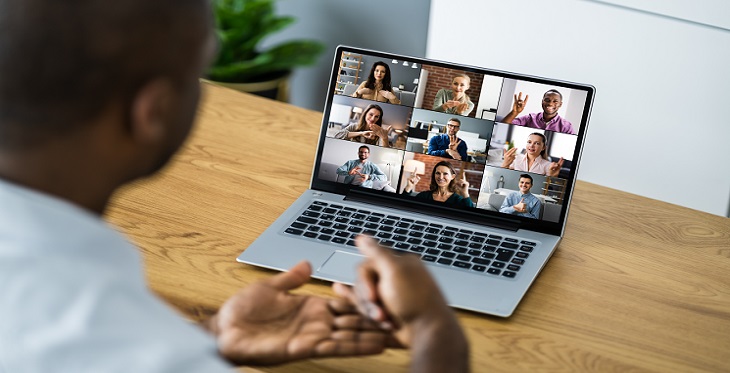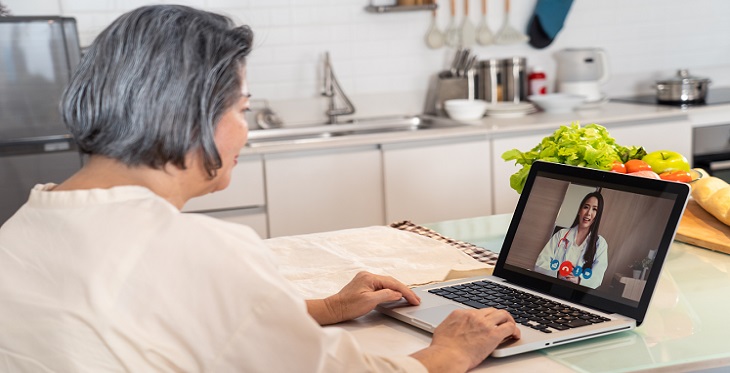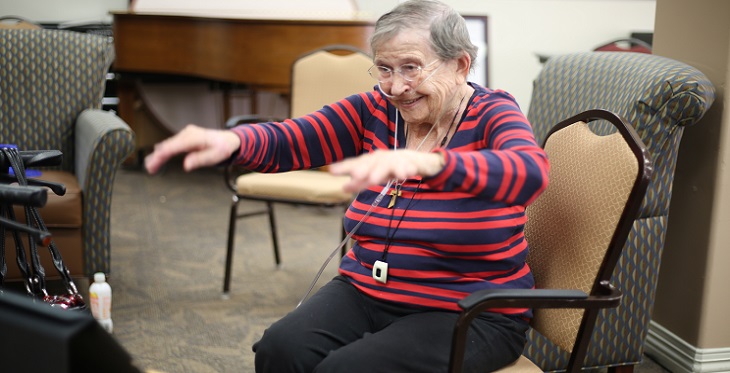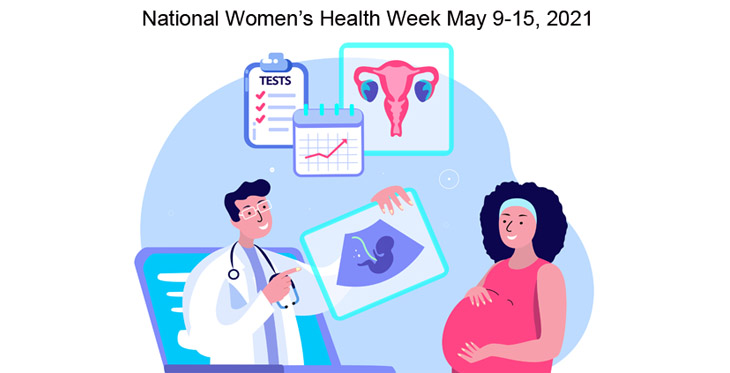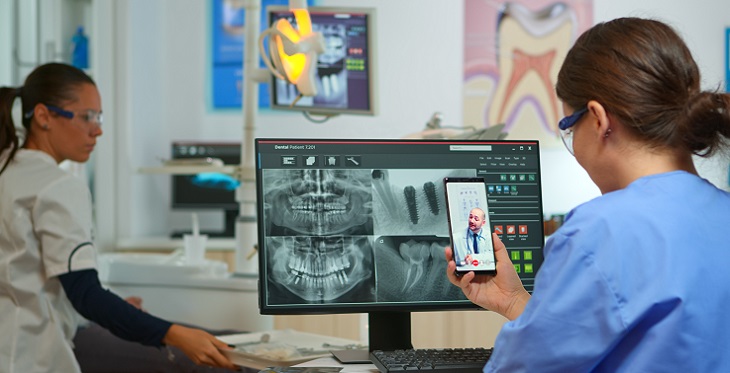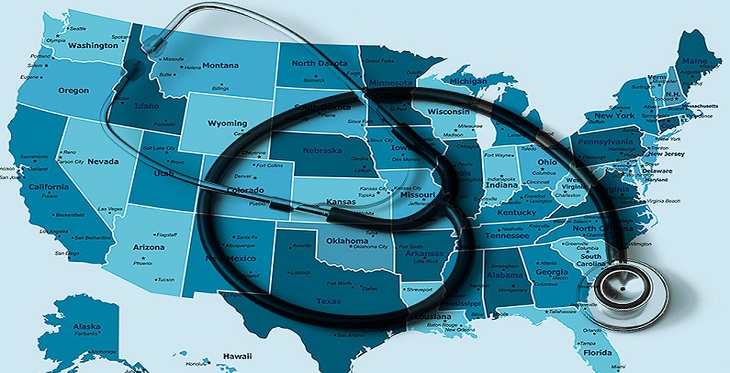Interprofessional Consultations: A Person-Centered Referral Option
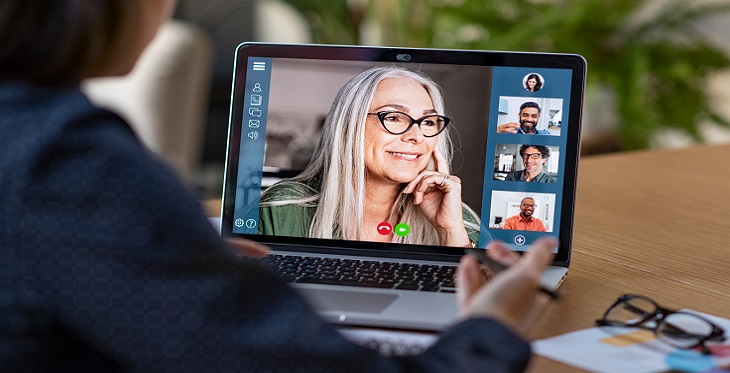
Let’s do more interprofessional consultations! And let’s start by calling them e-consults.
What are e-consults?
Electronic consults (e-consults) are asynchronous clinician-to-clinician exchanges that are used when there is not a need for a face-to-face (in person or telehealth) visit between a clinician/specialist and a patient. Under the umbrella of telehealth, e-consults are considered a store and forward option that uses telephone, Internet and/or an electronic health record (EHR). Patient information that has been gathered and documented is provided by the treating/requesting clinician to a consultative physician with a request for medical advice and/or an opinion. According to the Centers for Medicare & Medicaid Services (CMS) “…these inter-professional consults are typically initiated by a primary care practitioner to a specialist for a low acuity, condition-specific question that can be answered without an in-person visit. CMS also considers e-consults as assessment and management services.


